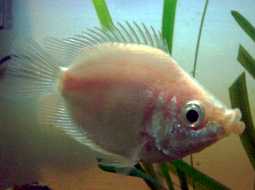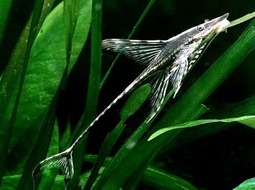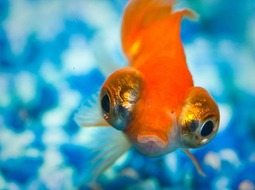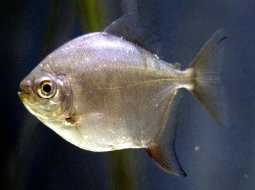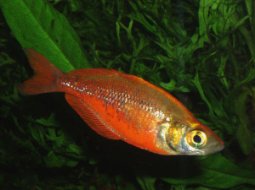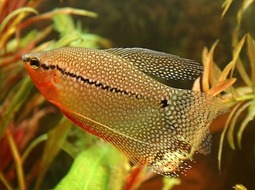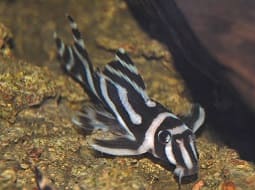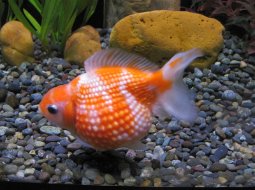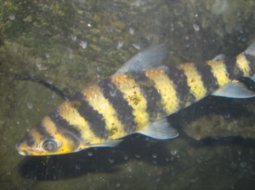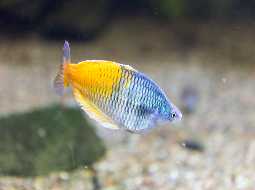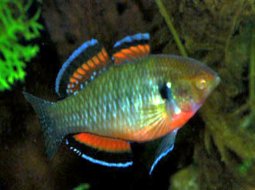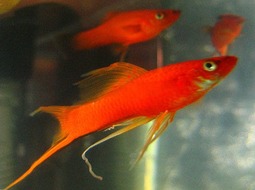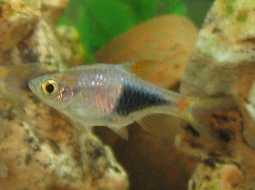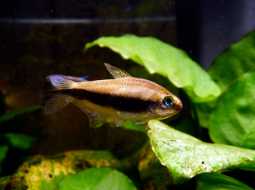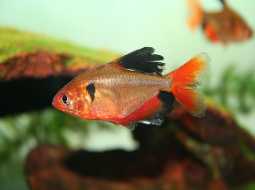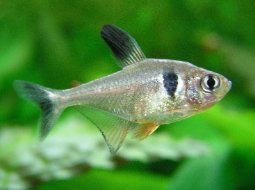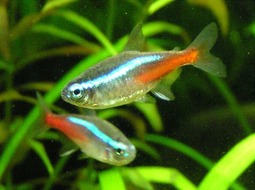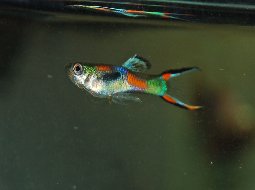
Loading Aqualapp ...
Care and Compatibility of Horned Snail - Tyloperlamania sp
Introduction
Snails of the genus Tyloperlamania, commonly known as horned snails, are endemic to Southeast Asia. They are characterized by their unique and colorful shells, which vary in shape and pattern depending on the species. These snails are a popular addition to aquariums due to their peaceful behavior and their ability to help maintain ecosystem balance. They are omnivores and enjoy foraging for food in the substrate, feeding on plant debris, algae, and other organic detritus.
Behavior
Tyloperlamania sp is known for its peaceful behavior and its ability to peacefully coexist with other species in community aquariums.
Sexual Dimorphism
Sexual dimorphism in Tyloperlamania sp. is not easily discernible.
Reproduction
Reproduction of Tyloperlamania sp can occur in the aquarium under suitable conditions. They are capable of laying eggs on hard surfaces, and the emerging fry are small and may require microscopic food to survive.
Aquarium Conditions
Tyloperlamania sp. is a species of aquatic insect commonly found in clean, well-oxygenated streams and rivers. It's not common to keep them in home aquariums due to their specific habitat requirements. If attempting to keep them in captivity, a large, well-oxygenated aquarium with natural substrate and a suitable current source is needed to mimic their natural habitat.
Feeding
Tyloperlamania sp is an omnivorous snail that consumes a variety of organic matter in the aquarium. It feeds on plant debris, algae, and other organic detritus present in the substrate.
Complexity
Caring for Tyloperlamania sp. in captivity is extremely complex and not recommended for most hobbyists. They require very specific water conditions and live foods in their diet. Additionally, due to their wild nature, they can be difficult to handle and easily stressed in an aquarium environment.
In case you need more help, or if you want to know into any topic related to the Tyloperlamania sp (Horned Snail) and even any other species you can use the forums to ask what you need.
To do an analysis more detailed about coexistence and behavior of Tyloperlamania sp (Horned Snail) use the Aquarium simulation tool, if you do this you can test different ways to combine the Horned Snail with other fishes giving the dimensions and space on you aquarium, on this way you can known the optimal configuration for keep the fishes that you want.
You can also find out the 147 species compatible with the Tyloperlamania sp (Horned Snail) can live together.
Note: The parameters of the water such as PH and temperature are also used to calculate the compatibility of the species.
Compatible species (147)
Compatible (57 Species)
Compatible without any restriction
With Reservation (47 Species)
Compatible in some cases, it depends on the nature and personality of the fish.
Las especies territoriales por lo general pueden convivir con especies protegidas con coraza, ya que no pueden hacerles daño por su dura piel, lo que si hay que tener en cuenta es tener un acuario con dimensiones favorables para que cada pez pueda delimitar un territorio, ya que la mayoría de peces acorazados son también peces de fondo y les gusta estar buscando lugares donde ocultarse.
Considerable size difference (26 Species)
They can coexist while they are similar in size or the size difference is not very abysmal, since as the fish grows it increases the chances of eating its partner that did not grow much.
Food competition (17 Species)
They can live together but you have to be careful since it is likely that the fastest fish will take all the food and leave nothing for their partners who are slow swimmers, so you have to make sure that everyone can eat.
Horned Snail
Tyloperlamania sp

- Ph: 7 - 8
- Temperature (c°): 22 - 28
- Measures: 2 cm - 5cm
- Aquarium Capacity:
8 Liters - 2 Gallons - Comportamiento: Peaceful
- Morfología: Cuirass or Carapace, Thorns or pointed
- Tamaño: Very small
- Taxonomía: Snail
- Tipo de Agua: Sweet water
- Velocidad de nado o movimiento: Slow
- Zona de Nado: Aquarium background


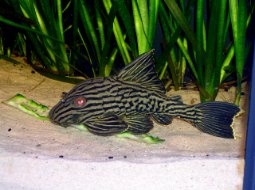

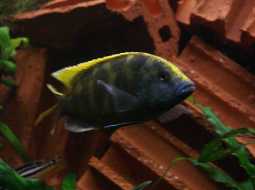
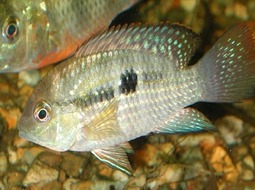
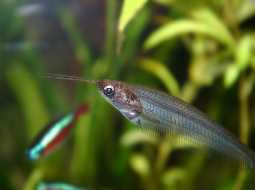

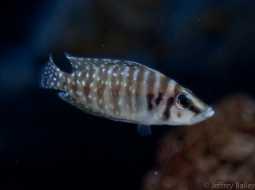


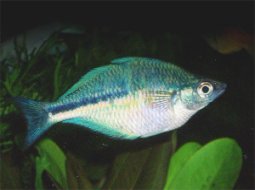



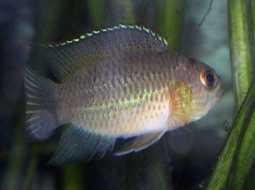

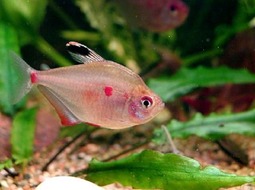
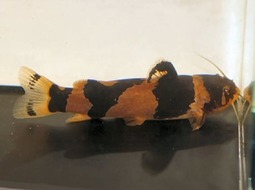

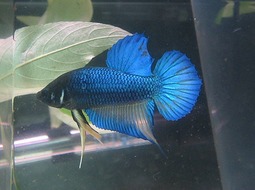


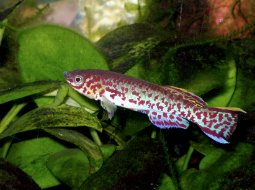


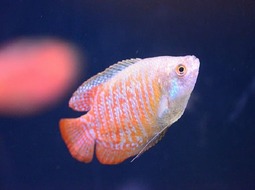
.jpg)
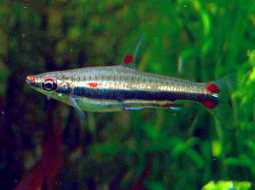

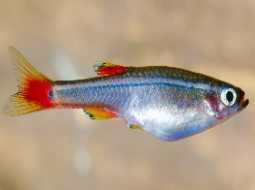

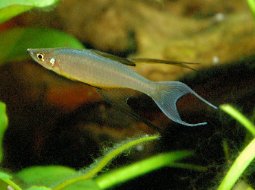

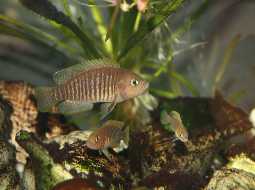







.jpg)


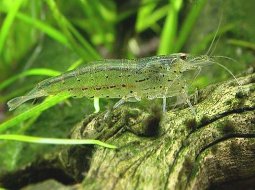
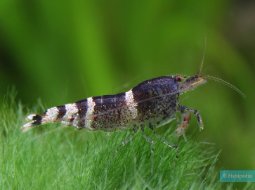
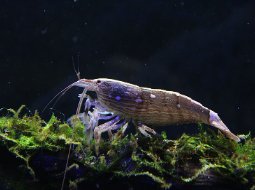




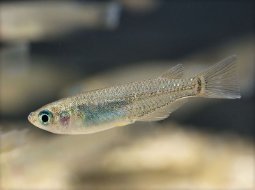

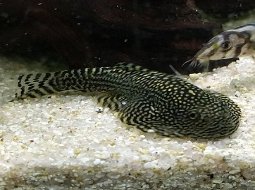


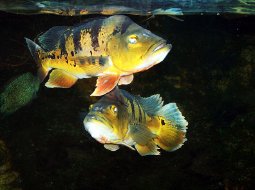
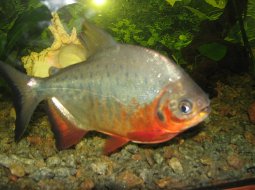


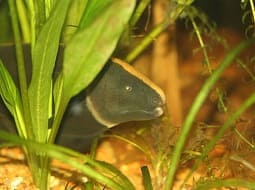


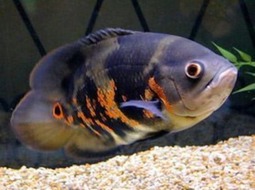







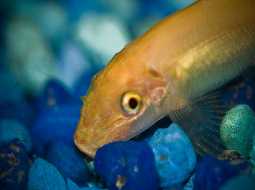
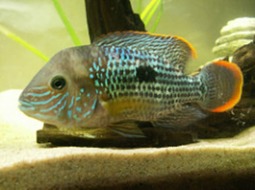
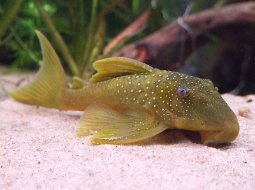
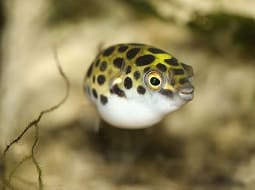


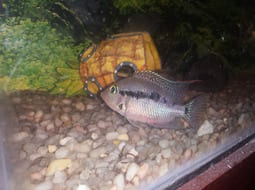

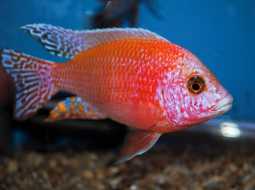
.jpg)
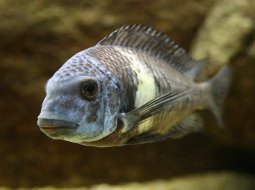
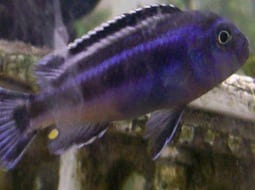


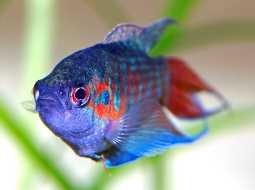




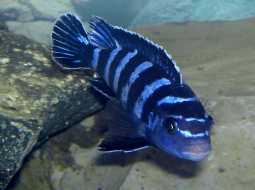
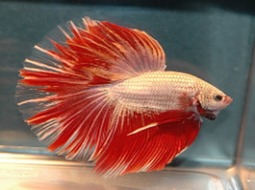
.jpg)
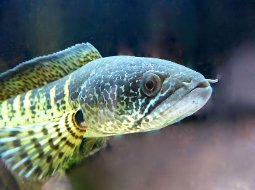
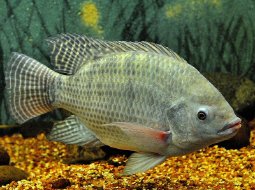
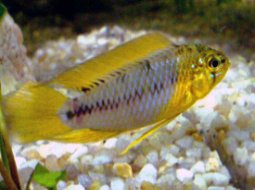









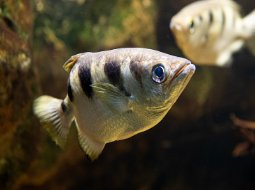

.jpg)
